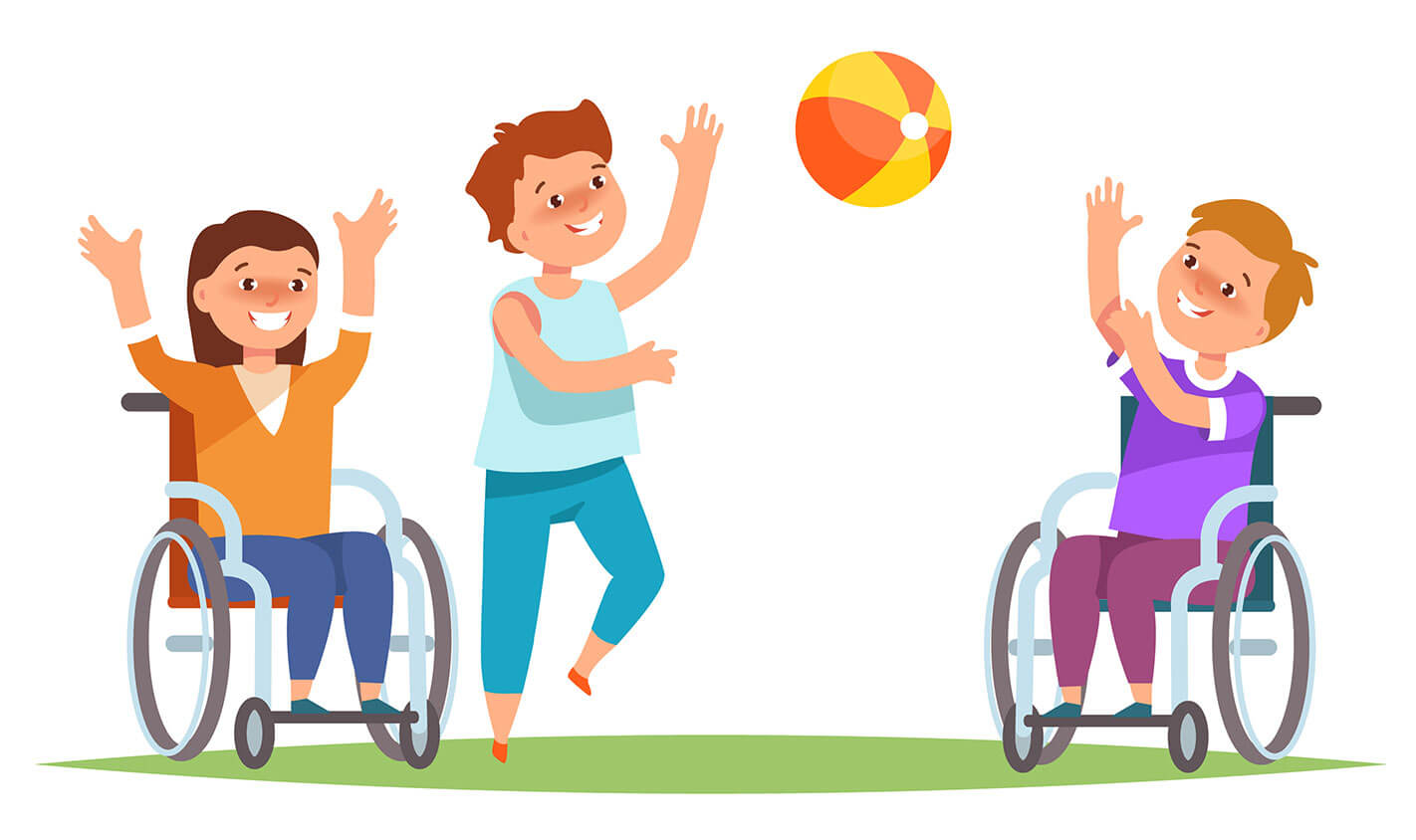Some cerebral palsy facts may surprise you. By learning about the condition, you can learn more about how to help those who suffer with it.
1. It’s Not One Disorder
There are several different types of cerebral palsy. Ataxic cerebral palsy and dyskinetic cerebral palsy are two of them. There are other incarnations of this disorder, as well, and they have specific symptoms that differentiate them from other types of the disorder. Some individuals have more than one type of cerebral palsy.
2. It’s Not Progressive
Cerebral palsy is not a progressive disorder. The sufferer, however, will sometimes simply have more symptoms to deal with during certain periods in their lives. For instance, infants won’t be particularly affected by the inability to engage in fine motor activities as much as will adults, as infants haven’t even developed those abilities yet. Likewise, cognitive impairments will be more significant as the child ages than they will at first. As they take on more challenges, the impairments they suffer will become more progressive.
3. New Treatments are Developed
New treatments are being developed all the time. Some of them involve new drug therapies that help to lessen the severity of the symptoms that the individual with Cerebral Palsy suffers. Other treatments involve the use of heat or cold to allow more control over the muscles and to reduce spasms.
While they’re not treatments, new assistive devices are developed all the time, too. Hearing aids are constantly improved upon and mobility assistance devices get lighter and more capable all the time. All of this means that, while a person with Cerebral Palsy will certainly face challenges, there are new ways to help them address those challenges in the works almost constantly.
In some cases, the cause of cerebral palsy can be traced back to medical negligence on the part of a doctor, a nurse or a healthcare facility. When this is an issue, lawyers may be able to help the parents file a legal action against the provider to seek compensation for the pain and suffering the parents and the child endured, as well as to help cover the costs of treatment in the present and into the future. Cerebral Palsy treatments may always be evolving, but they are expensive. To make sure that your child gets the best possible treatments now and into the future, it’s sometimes advisable to explore filing a lawsuit.

